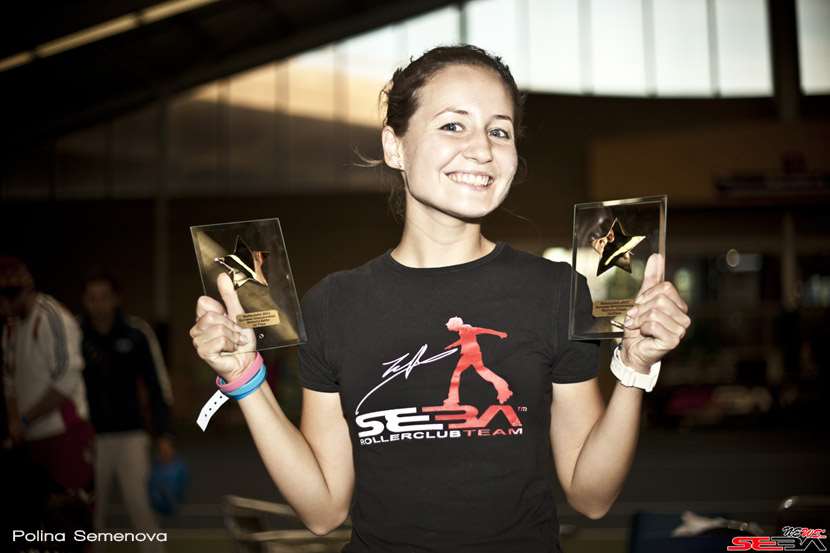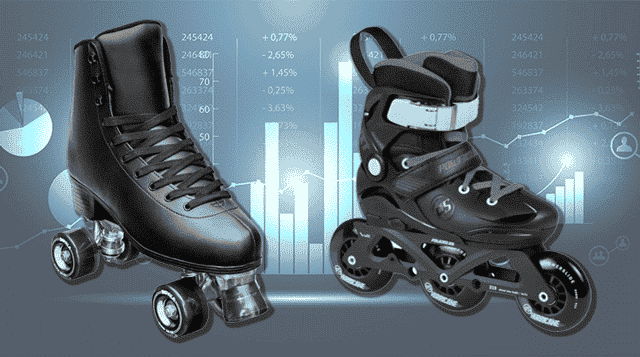Which material for your skate frames: Magnesium or aluminum?
The marketing war between brands is often so fierce that you don't even know which type of product to choose in the end. Hopefully there are a few objective criteria to guide you. What will you have: Magnesium or aluminum?
Par alfathor
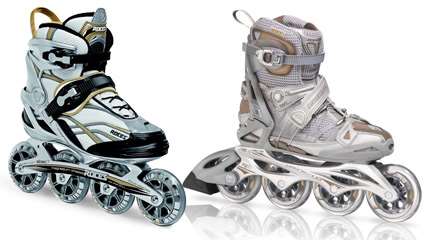
Advantages and drawbacks
 While the market of speed skating hasn’t been much explored by aluminum-enthusiast manufacturers yet, that of fitness skating has already succumbed to the full-magnesium craze. And the trend doesn’t seem to show any sign of ending: Roces and Rollerblade make use of this material more and more, respectively for boot and frame models. But does magnesium really stack up compared to aluminum? We asked the question to Eric Le Gall, the founder and the Research and Development manager of the French company EOSkates.
While the market of speed skating hasn’t been much explored by aluminum-enthusiast manufacturers yet, that of fitness skating has already succumbed to the full-magnesium craze. And the trend doesn’t seem to show any sign of ending: Roces and Rollerblade make use of this material more and more, respectively for boot and frame models. But does magnesium really stack up compared to aluminum? We asked the question to Eric Le Gall, the founder and the Research and Development manager of the French company EOSkates.
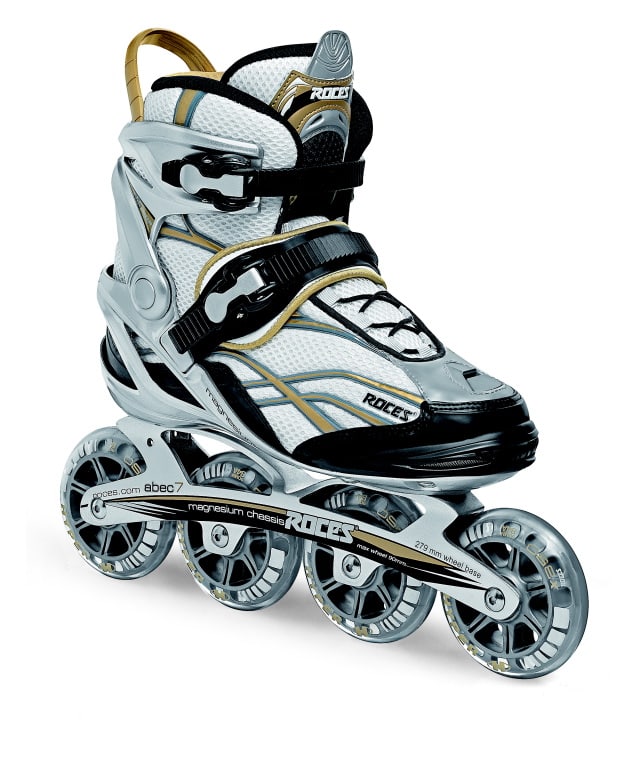 Economic comparison: The cost of production is lower but the raw material is more expensive for magnesium.
Economic comparison: The cost of production is lower but the raw material is more expensive for magnesium.
- The rates of production give the advantage to magnesium: its extrusion speed can be up to 25% faster than for aluminum alloys.
- Raw magnesium is 1.5 times more expensive than aluminum. It was even twice its price in January 2008! This might explain why Bont stopped the production of magnesium plates. At the time aluminum cost $2.000/Ton against + $4.000/Ton for magnesium!
- The equipment is quickly amortized with magnesium, and its lifespan is 3 times longer than for aluminum.
- Processing magnesium is also far easier than aluminum (self-lubricant). It enables very high speeds of cut, and consequently shorter machining cycles.
- Magnesium has a lower fusion point. It solidifies faster than aluminum alloys, so that its transformation is easier.
- With a lower temperature and less extrusion pressure, you potentially need a less expensive extruder.
- As for the procedure cost, it is about the same.
Technical comparison: Aluminum is heavier but stronger
- At a performance level, magnesium is far lighter with a density of 1.74, against 2.7 for aluminum.
- It is also far harder (more than twice harder). The energy of the skater is less absorbed. But on the other hand, you lose in comfort.
- At the same time it is more breakable. On that point it is quite a problem for boot fixing areas where weak parts are exposed to strong stress during pushes.
- Moreover, with the extruded version, the material orientation for extrusion is perpendicular to the stress of the push. Which is all the more detrimental.
What about carbon?
Note: Composite carbon technology enables to vary the types of fibers and their orientation. The type of weaving and the resin enable to optimize each area of the plate, according to the different stresses during the push for a better ratio: weight/efficiency/comfort.
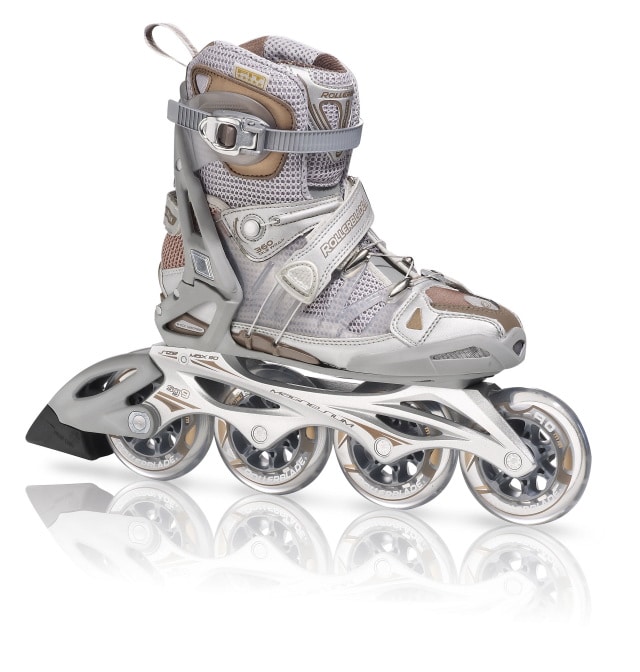
Useful links

Anatomy of a skate frame
Maintaining your skate frame
Adjusting your skate frames
Choosing your speed skating frames (by Yann Guyader, world champion)
Which frame for which use?
Choosing your aggressive frames
Speed skating frames: 2 or 3 points? Advantages and drawbacks
Frames: flat, rockered and anti-rockered set-ups
EOSkates Website
Translation : Chloe Seyres
Photos : Bont, Roces, Rollerblade


